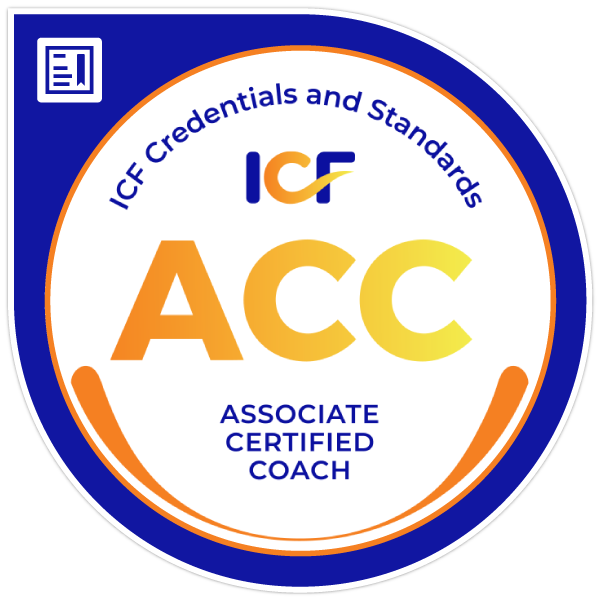”I learned that courage was not the absence of fear, but the triumph over it.”
– Nelson Mandela
When Nelson Mandela steps out of prison after 27 years behind bars, it is not hatred that drives him – it is courage. Courage to forgive. Courage to lead. Courage to look beyond his own suffering and take responsibility for the future of an entire nation.
It was not a courage without fear. It was a courage amidst fear.
Mandela's words remind us that the greatest courage is not always visible. It is rarely heard in the loud rooms, but felt in the crucial moments – when we face a difficult decision, an honest conversation, or a chance to grow. It is precisely there, in the uncertainty, that the true power of self-leadership comes to life.
What is courage – really?
Courage is not an innate trait reserved for heroes. It is a trainable quality – a choice. In research, it is described as to act in line with one's values despite fear, uncertainty, or risk. Brené Brown calls it 'showing up vulnerable without guarantees'. For a leader, it means daring to be authentic, even when it feels uncomfortable.
According to Professor Jim Detert, an expert on courage in leadership, it is precisely when we go against the impulse to remain silent, postpone, or back down – and instead speak up, act, and stand for something – that courage becomes visible.
Three courageous actions in leadership
- Courage to face yourself Coaching gives you the mirror – but it takes courage to look. Seeing yourself is the first step to self-leadership. What patterns control you? What do you avoid? What truths do you hold onto, even though they no longer serve you?
- Courage to speak plainly To give or receive feedback. To talk about what everyone is thinking but no one is saying. To have a difficult conversation – and to do it with respect. It requires courage. And it requires practice. Here, coaching is an invaluable tool.
- Courage to let go One of the biggest pitfalls in leadership is the need for control. Courage is daring to trust others – even when you don't have all the answers. It is about delegating, standing firm in uncertainty, and not stepping in to save, but stepping back to support.
A concrete model – "Courageous Leadership Compass”
To understand where and how courage can grow in leadership, we can start from a model inspired by the research of, among others, Jim Detert and Brené Brown – the components of the model:
🧭 Self-awareness – Who are you when it really matters?
🧭 Accountability – Do you take ownership even when it is uncomfortable?
🧭 Risk readiness – Do you dare to lead, even in uncertainty?
🧭 Compassion – Do you lead with your heart – not just with your mind?
Courage needs direction. And that direction starts from within.
Coaching – the place where courage can grow
Professional coaching is not therapy. It is a future-oriented, solution-focused process where you gain insight into yourself – and your opportunities to act differently. Coaching gives you the courage to develop – for real.
Here, you get to try new thoughts, see your choices, and practice making decisions that align with the leadership you want to stand for. Coaching helps you to stay put when you would otherwise have turned away. And to move forward when you would otherwise have backed down.
When you look back – what do you want your leadership to have stood for?
Courage is not always visible in action. Sometimes it is seen in the choice to act differently, listen more deeply, say the difficult things – or to dare to rest when everyone else is running. Coaching gives you the tools and space to choose the leadership that feels true to you.
👉 Are you ready to explore your courage?
Book an introductory session with me at no extra cost here. We explore how coaching can help you lead with more direction, heart, and courage – even when it feels a bit scary.


